Video: Turning the brain’s social circuits on and off
Matthew Anderson talks to SFARI.org about what mice carrying deletions and duplications of UBE3A could teach us about autism.
Rare or common, inherited or spontaneous, mutations form the core of autism risk.

Matthew Anderson talks to SFARI.org about what mice carrying deletions and duplications of UBE3A could teach us about autism.
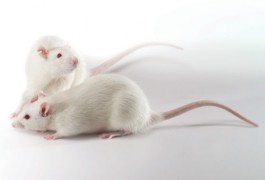
A large scientific research company debuted seven new rat models of autism Tuesday evening in Washington, D.C. Two of the models, one lacking FMR1 and the other lacking NLGN3, show some unexpected new characteristics.

In a video interview at the 2011 Society for Neuroscience annual meeting in Washington, D.C., Caroline Blanchard describes some of the unusual behaviors that suggest that the BTBR mouse is a good model for autism.
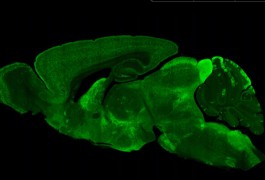
Researchers have engineered 20 mouse lines that allow them to manipulate genes in specific neuronal circuits. The resource, reported 22 September in Neuron, will allow researchers to better explore the role of interneurons, which dampen signals in the brain, in mouse models of autism.
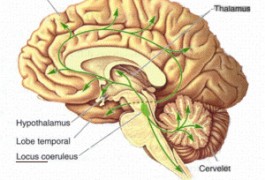
Drugs that act on the adrenaline system can alleviate autism-like symptoms in a rat model of the disorder, according to unpublished research presented Sunday in Washington, D.C.
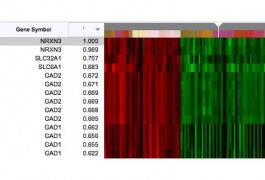
A new tool called BrainSpan is providing researchers with exquisitely detailed windows into when genes are expressed and where they are located as the brain develops. An overview of the project was presented Sunday at the 2011 Society for Neuroscience annual meeting in Washington, D.C.
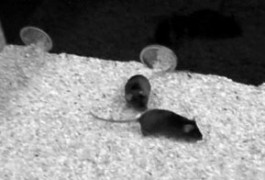
Mice with a mutation in the Rett syndrome gene are more social than controls, according to a study published 11 September in Behavioral Genetics. The results, based on detailed observation of social behavior, support previous studies showing that Rett syndrome mouse models do not have severe social deficits.
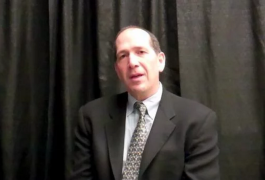
In a video interview at the 2011 Society for Neuroscience annual meeting in Washington, D.C., Joseph Buxbaum discussed the importance of mice with mutations in SHANK3, a leading autism candidate gene.
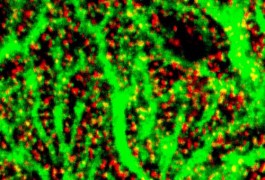
Neurexins, autism-linked proteins that organize synapses, the junctions between neurons, function in only a subset of cells in the brain, according to data presented in a poster Monday at the 2011 Society for Neuroscience annual meeting in Washington, D.C.
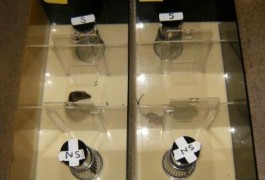
A protein involved in the cascade of interactions at the junctions between neurons points to a potential therapy for fragile X syndrome, according to unpublished data presented at the 2011 Society for Neuroscience annual meeting in Washington, D.C.